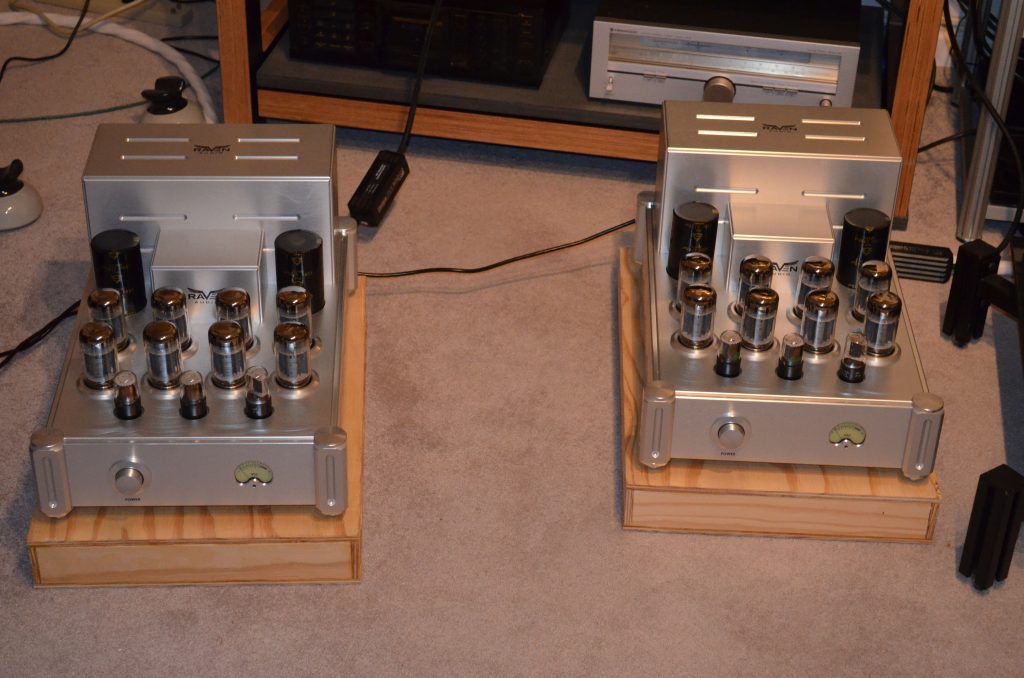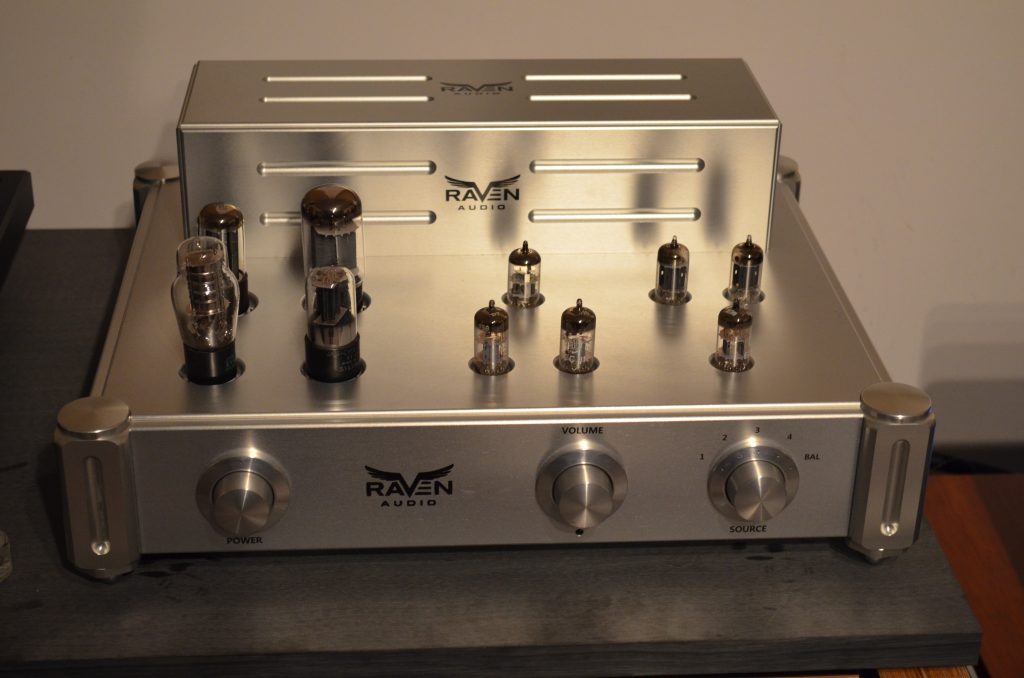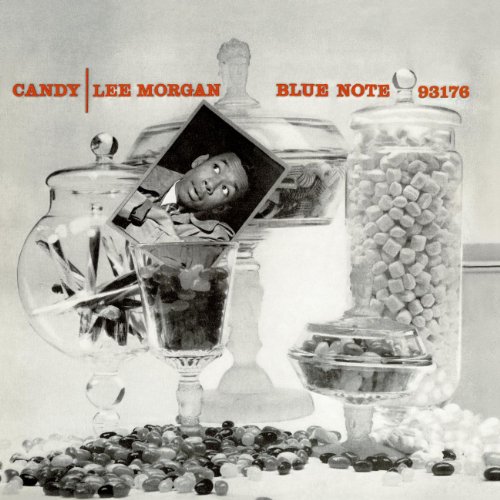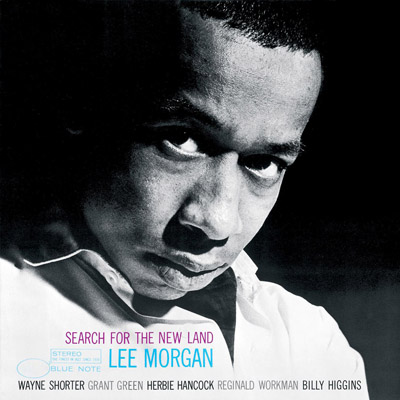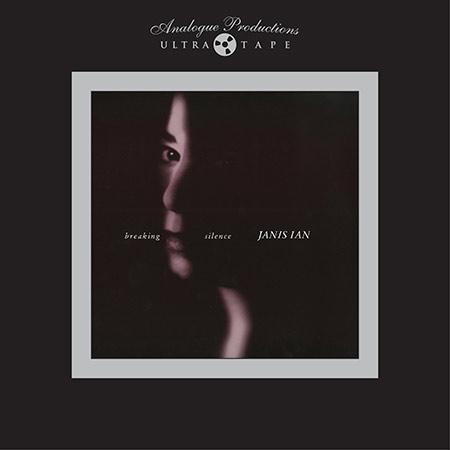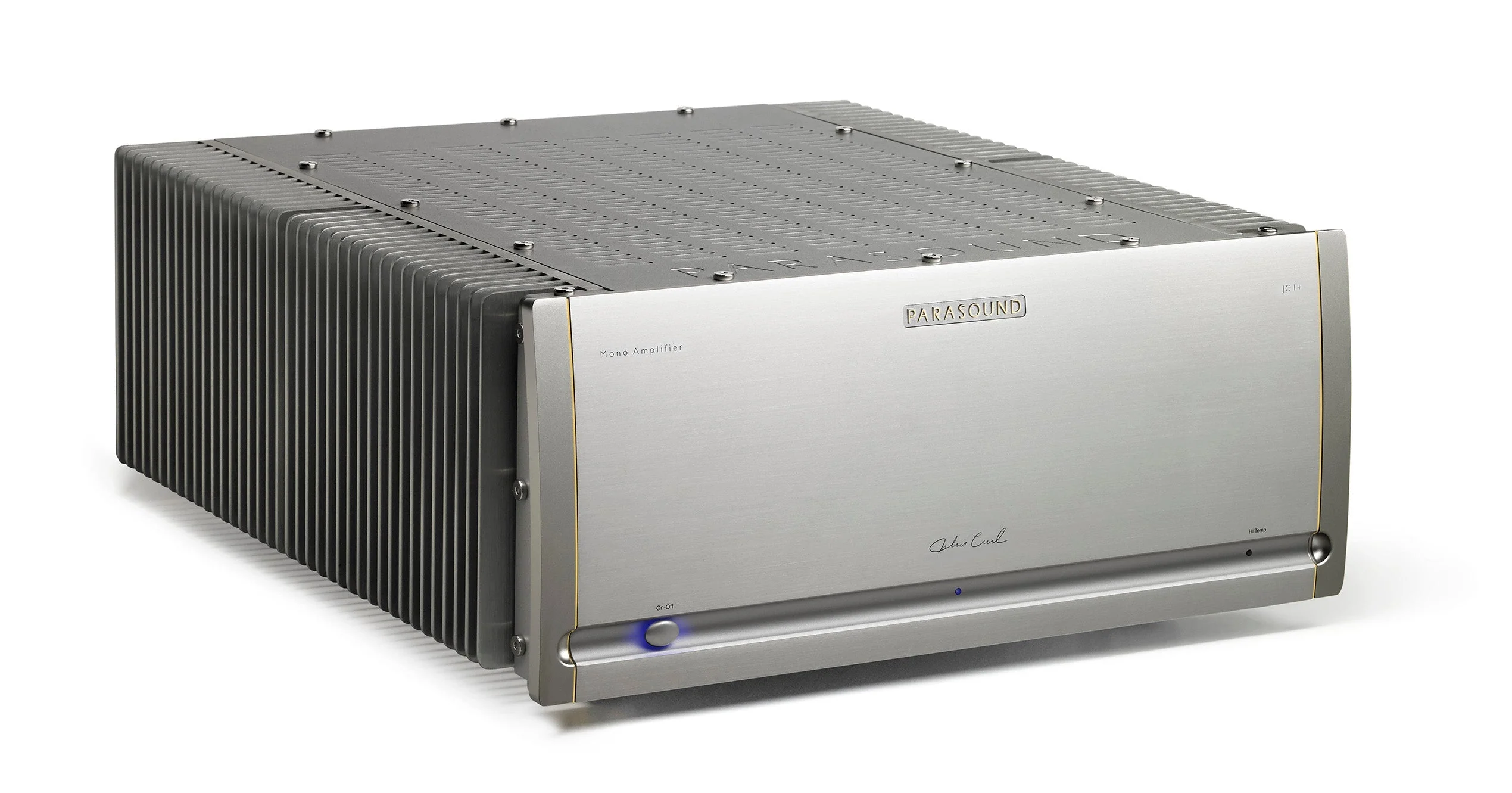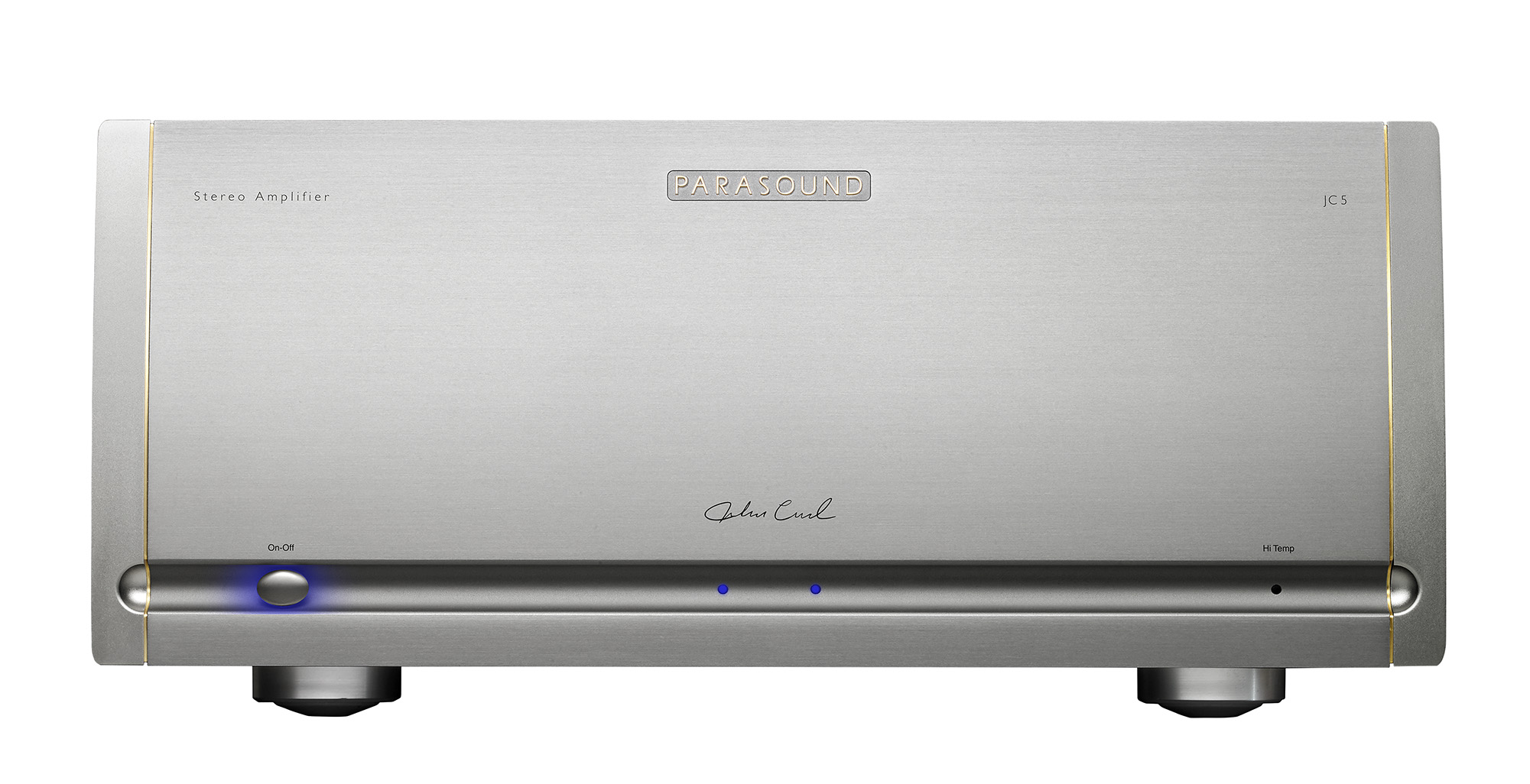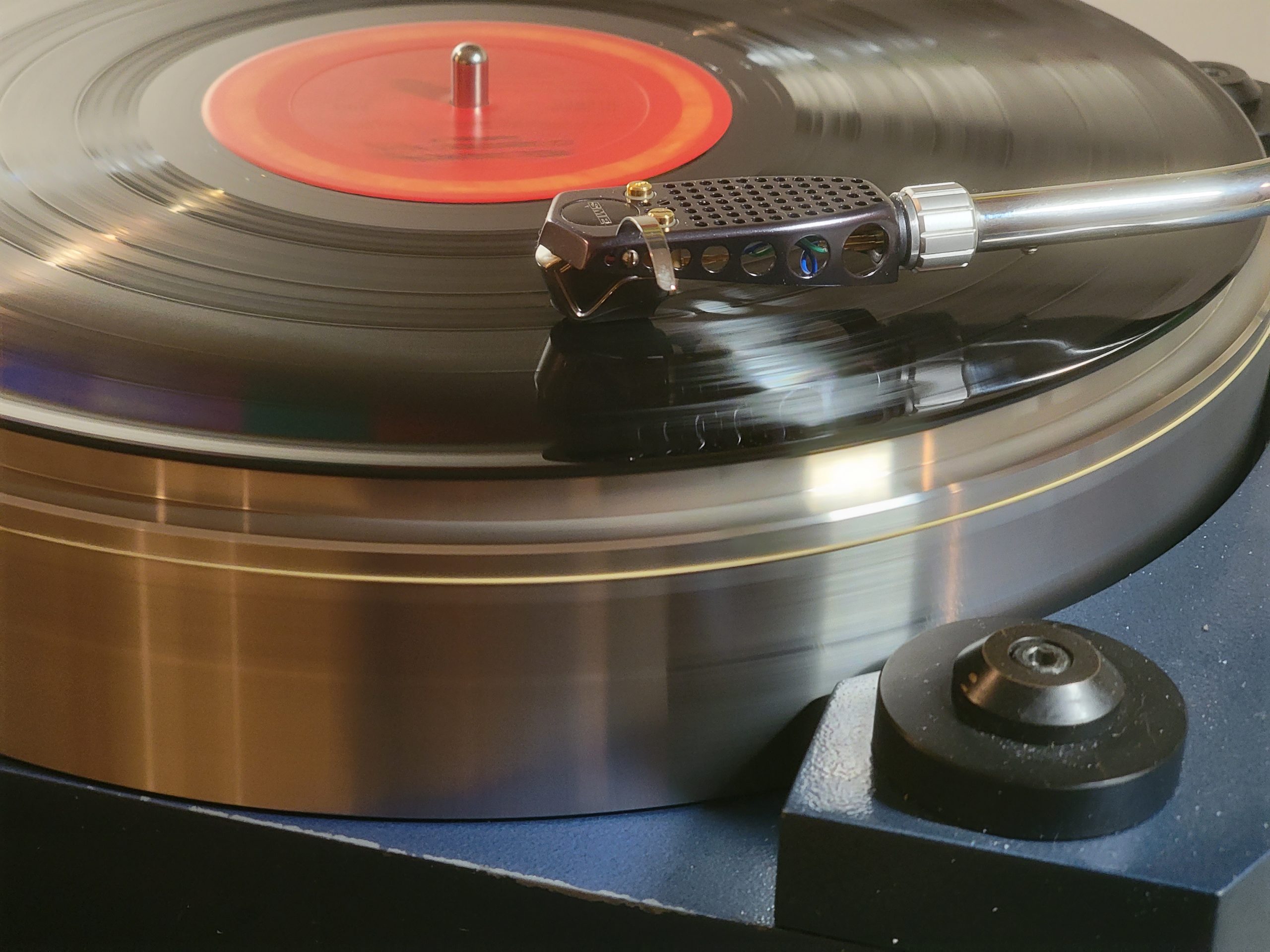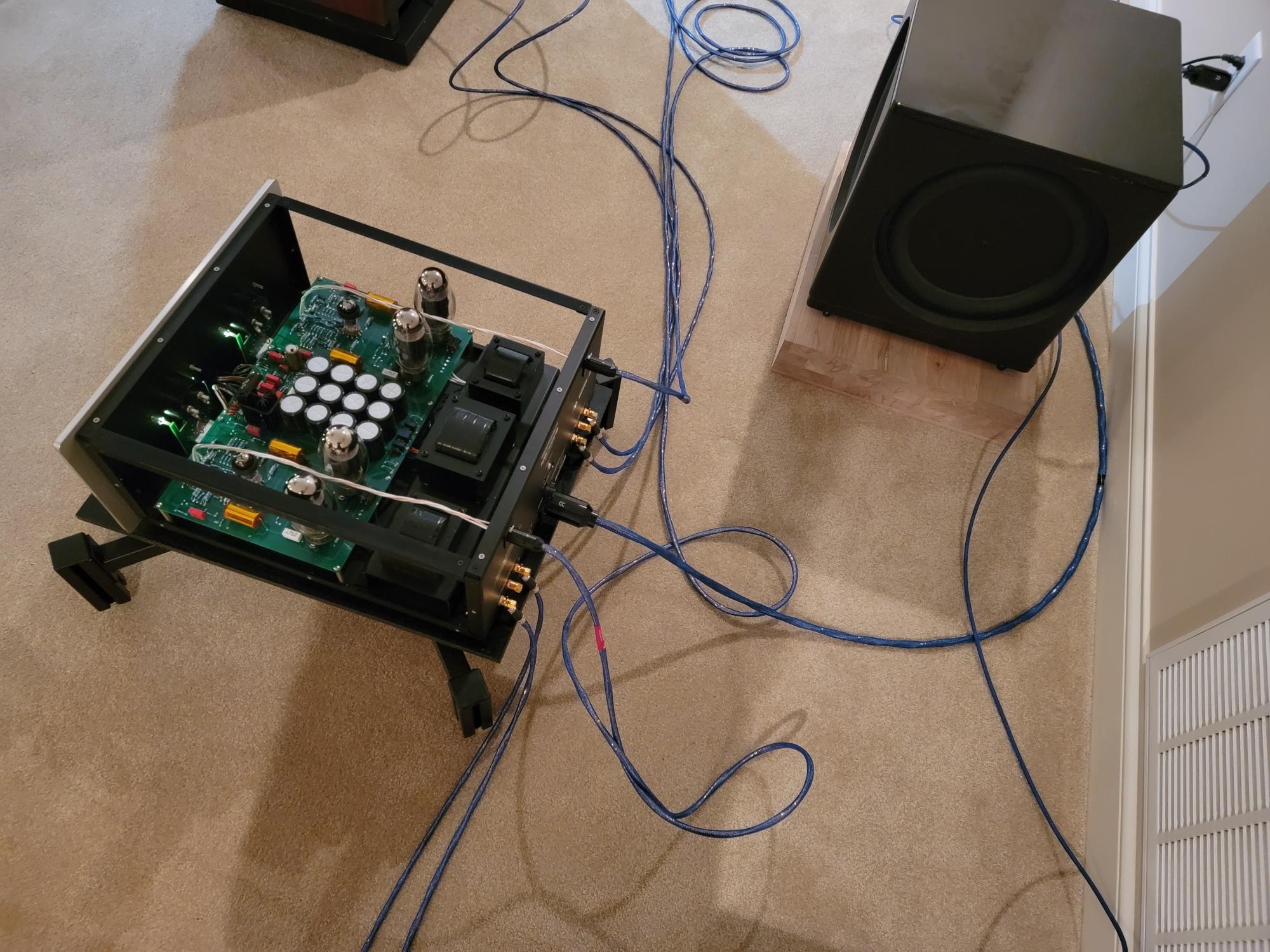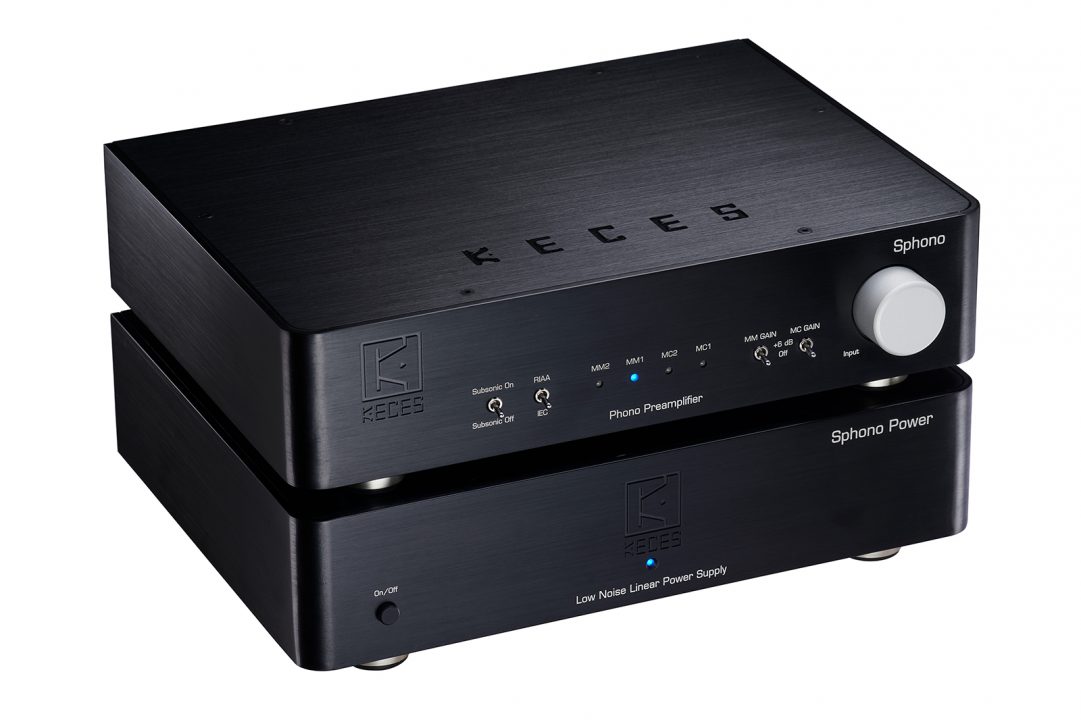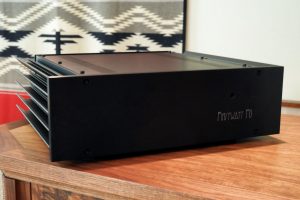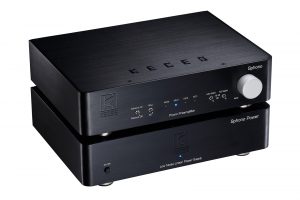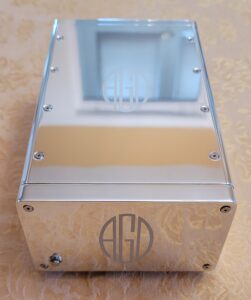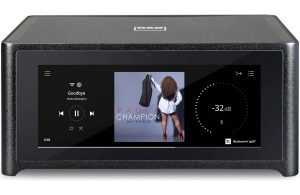I'm no stranger to reviewing Raven Audio gear having previously reviewed a pair of the Raven Audio Silhouette Reference amplifiers and Silhouette Reference preamplifier, and the Shadow Reference stereo amplifier for PF. All Raven gear shares something in common, and that is the ability to reproduce music in such a way that it never fails to put a smile on your face and let you relax as the music washes over you. There is something intrinsically "right" about the sound of Raven gear and I have heard it in every piece of gear that I have heard from their growing stable or should I say roost?
Part of the Raven Audio design philosophy is signal purity which means eschewing extra circuitry to perform housekeeping chores for creature comforts like fancy displays and remote controls that could potentially lead to degradation of the audio signal. In the case of Raven preamplifiers, they are "old school" tube products in that they make extensive use of vacuum tubes for voltage regulation as well as rectification. Many so called "pure tube" preamps actually have a completely solid state power supply, voltage regulation, and in many cases now days, they use JFETs as the first stage of amplification to drive the line stage tubes. Raven preamplifiers are also "old school" because you don't get the modern conveniences of a mute switch, remote control, phase reversal, mono switch, balance control, or a display of any type. A Raven preamplifier is all about signal purity.
As we all well know, there is no such thing as a free lunch in our hobby. The benefits of modern tube preamplifiers and amplifiers that make extensive use of SS power supplies and the use of JFETs on the input stage is a higher S/N ratio. However, returning to a pure tube preamplifier after extensively hearing and living with the "new school" hybrid approach, one can hear that parts of the baby may have been thrown out with the proverbial bath water. Myles Astor previously alluded to this phenomenon in his review of the Audio Note gear. Pure tube gear has a purity and immediacy to the sound that is lacking to some degree in the hybrid tube designs that I have heard and owned. It's one of those things that you have to hear "it" and what is missing in order to fully understand. And it seems a dichotomy to say that in order to hear this purity, you are invariably going to have a small decrease in the S/N ratio. That's the "no free lunch" I was talking about.
The Raven tube amplifiers do make use of SS rectification in order to take advantage of power supplies that are capable of storing large amounts of current in order to deliver a quality of bass that wasn't achievable back in the days of tube amplifiers that used a rectifier feeding into a 20-30 mfd multi-section can capacitor. In this case, the Raven Shaman MK2 amplifiers sport a pair of large filter caps each rated at 400v/4700 mfd on each monoblock.
The Raven amplifiers all have a similar look and layout (they just get bigger in size) and the sheet metal work and the design are beautiful, functional, and very strong. The Raven amplifiers and preamps are all point-to-point wired using high end components and wire which includes Raven's own brand of custom film capacitors. All Raven products are made by hand in the U.S. in the state of Texas. Raven preamplifiers and amplifiers are all single-ended devices even though they both allow for the use of balanced cables via XLR connectors for convenience.
As I have mentioned before in my previous reviews of Raven gear, Raven's engineer SE Han who resides in South Korea does not design amplifiers that use the same type of vacuum tubes commonly found in the input stages of power amplifiers. Most designers use miniature 9 pin 6.3v tubes whereas SE Han chooses to use octal 12v tubes. In the case of the Shaman MK2 amplifiers, that would be a pair of 12SN7s and one 12J5 per channel. The Shaman MK2 amplifiers also use an interstage transformer which are somewhat unusual in push-pull tube amplifiers and are more common in SE amplifiers that use transmitter type triode output tubes like the 211 or 845.
The Shaman MK2 amplifiers were introduced in 2016 and they represent the top of the line amplifiers from Raven. They are auto-bias amplifiers capable of using a large variety of output tubes (6650, KT-88, KT-90, KT-100, KT-120, and KT-150) and your output power depends on which output tubes you select. Raven states a minimum output of 300 watts per channel using 6550 output tubes and around 400 watts when using KT-150 tubes. In order to achieve the 400 watts using the KT-150 tubes, the Shaman amplifiers have to be configured by Raven Audio to deliver the higher plate voltage to the KT-150 tubes in order to maximize their power output. Once this modification is done, you are pretty much limited to running the KT-150 tube as the higher plate voltage will cause issues with other output tubes such as the 6550. Each Shaman MK2 amplifier uses eight output tubes for a total of sixteen output tubes for the pair.
You will need some space to let the Shaman MK2 amplifiers breathe because they do throw off a lot of heat. There is a phenomenon that occurs when you install a high powered amplifier (or amplifiers in this case) into your main system, and that is the sense of power that somehow you know is there even if you aren't hearing sound at bone crushing SPLs. The sound and room just seems to breathe easier in a more relaxed way and the room boundaries seem to expand in all directions. Somehow you can just 'feel' the power even if you aren't hearing it if that makes any sense to you. The Shaman MK2 amplifiers will likely open up your soundstage as it did mine and give you that feeling of power and expansiveness.
The Silhouette MK2 Reference preamplifier represents the top of the line in Raven preamplifiers. It has a phono input and three line level inputs via high quality RCA jacks as well as one "balanced" XLR input that allows the convenience of hooking up a piece of source gear that has balanced connectors. Again, this is not a truly balanced preamplifier. The phono section is strictly for MM cartridges due to the low gain and the fixed 47K input impedance. The tube lineup consists of four tubes in the power supply (5Y3 rectifier, 6B4G regulator, 6SN7, and an OA3 regulator), three tubes in the line stage (one 6922 and two 12AT7s), and three tubes in the phono section (all 12AX7s).
The Silhouette MK2 Reference preamplifier is a no-frills preamplifier as I alluded to previously. It is simple to setup and simple to use, but it will require you to burn more calories than an armchair audiophile equipped with a remote. Because I only have a low output MC cartridge, I did not listen to the phono section. I went through my Zesto Andros 1.2 phono section into one of the line level inputs on the MK2 Reference preamplifier.
I used the Raven Silhouette MK2 Reference preamplifier with my ARC Ref 75 amplifier and I used the Shaman MK2 monoblocks with my ARC Ref 6 line stage to try and get a handle on what each one was bringing to the table in my system before I joined them together. I must say that I preferred the sound of the Raven gear when it was used together. The first thing that struck me about the Raven gear used together was the increase in upper frequency dynamics. And by that I mean that you suddenly become aware of the right hand on a piano in a way you hadn't possibly heard before. Michael Fremer recently wrote a review of the ARC Ref 6 which I own and I think Michael nailed the sound of the Ref 6 in his review. One of the things Michael touched on was the Ref 6 lacked the upper frequency dynamics of his reference DarTZeel NHB-18NS. It's just one of those things that until you hear it and know it's missing in what you have heard before, you would not be aware of it. The Raven gear nails these upper octave dynamics.
I listened to LPs, tape, and digital through the Raven gear over an extended period of time. When the PS Audio DirectStream Jr. (DSJ) DAC showed up for review, it too went into the system with the Raven gear and it immediately became clear what the DSJ was bringing to the table and why it was superior to the sound of my Mytek Stereo 192. Did I hear the same things with the DSJ through my reference system? Well, um, no. Those upper octave harmonics that I discussed earlier were heard much better through the Raven gear.
I played the new Music Matters release of Lee Morgan, Candy (Blue Note 1590 Music Matters reissue) recorded by the infamous Rudy Van Gelder in 1958. Track 1 on Side 1 is the title cut "Candy." The piano sounds very natural and dynamic as do all of the instruments on this cut. My notes say that the horn sounds so real it's scary. Drummer Art Taylor has a very dynamic style of playing with brushes and you can hear how hard he is hitting the drums and cymbals. You can also hear Art Taylor's foot pedal squeaking which might be more information than Van Gelder planned on capturing. The dynamics of this recording just seem effortless and the Raven gear lets the music breathe.
I've been on a Lee Morgan kick lately and another of his gem LPs is Search for the New Land (Blue Note 84169 Music Matters reissue). With an all-star lineup that includes Wayne Shorter, Herbie Hancock, Grant Green, Reggie Workman, and Billy Higgins, you know that you are going to hear something special and this LP doesn't disappoint through the Raven gear. The Raven gear captures the tonally gorgeous sound recorded by Rudy Van Gelder. You can literally hear the cymbals cutting through the air as they are struck like they do in real life. The Raven gear also captures the sound of well-recorded acoustic bass and portrays it in a 3D manner that makes you feel like you could get up out of your listening chair and walk around the bass player as he is playing.
Another treat played through the Raven combo were the tapes I picked up at RMAF 2016. Chad Kassem from Acoustic Sounds decided to take the plunge and start releasing albums on tape after much prodding from the audiophile community including our own Myles Astor. Acoustic Sounds debuted their first two tape releases at RMAF 2016 with the release of Ben Webster's Gentle Ben and Janis Ian's Breaking Silence. I bought both tapes and the Raven gear brought them back to life and showcased the purity, beauty, and seemingly limitless dynamic range that both tapes exhibit.
I have to be honest and say that I was never a big fan of Breaking Silence in all of the LP incarnations it went through and I didn't intend on buying this tape. Of course Myles scooped up both tapes right away at RMAF and started playing them in rooms with tape decks. Once I heard Breaking Silence in the Endeavor Audio room, I was hooked and ran back downstairs to grab it before they were sold out. When I brought the tapes home and spooled up Breaking Silence on my Otari MX-55 and played it back through the Raven Silhouette MK2 Reference and the Shaman MK2 amplifiers, I again was shocked at how good this recording is and how each song took on new meaning. Janis Ian's voice heard through the Raven combo has an almost angelic purity to it.
If you are fortunate enough to be shopping in the price range of the Silhouette MK2 Reference preamplifier and Shaman MK2 power amplifiers, I hope you get a chance to hear the Raven gear and decide for yourself if their list of attributes scores on your sonic checklist. I should also note that if you purchase a pair of Shaman MK2 amplifiers, Dave Thomson will personally deliver them to your house and set them up for you.
Silhouette MK2 Reference Preamplifier
Retail: $14,995
Shaman MK2 Mono Power Amplifiers
Retail: $49,995
Raven Audio




